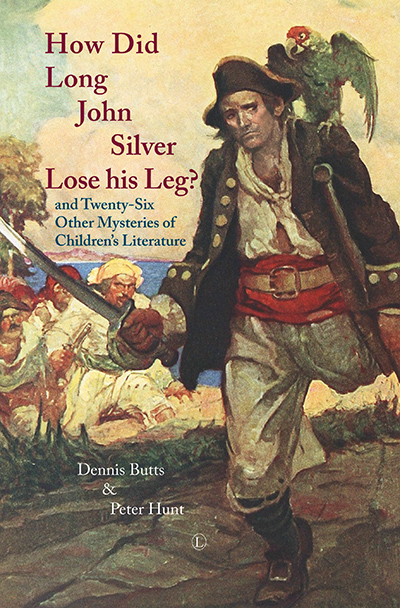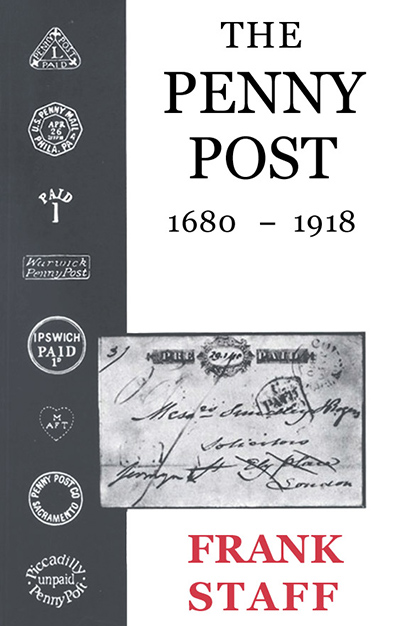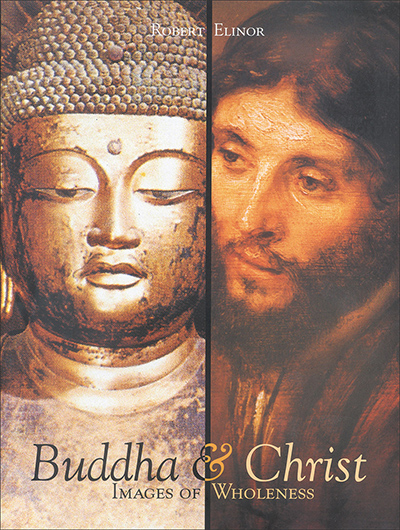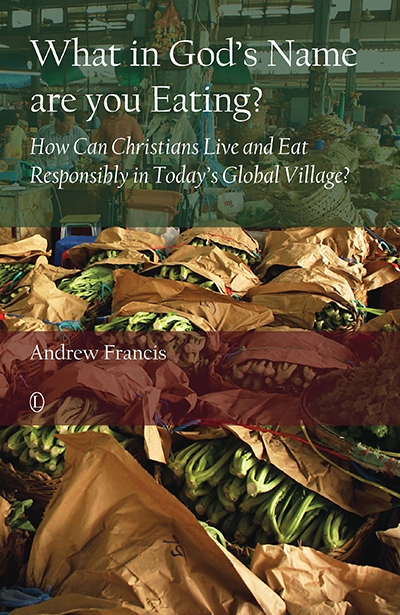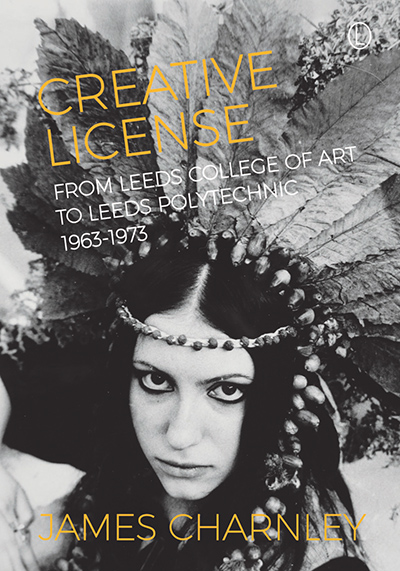Description
How did Long John Silver Lose His Leg? is a wonderfully diverting tour through some of the best-loved classics of children’s literature, addressing many of the unanswered questions that inspire intense speculation when the books are laid down.
Could Bobbie’s train really have stopped in time (The Railway Children)? Did Beatrix Potter have the ‘flu in 1909, and did this lead to a certain darkness in her work (The Tale of Mr Tod)? Would the ‘rugby football’ played by Tom Brown be recognised by sportsmen today (Tom Brown’s Schooldays)? Having established the cultural importance of children’s books in the modern age, the authors also consider the more serious issues posed by the genre. Why are we so defensive of the idyllic worlds presented in children’s books? Why have some of our best-loved authors been outed as neglectful parents to their own children? Should we ever separate the book from its creator and appreciate the works of writers convicted of crimes against children?
A treat for any enthusiast of children’s literature, this entertaining book provides rich detail, witty explication, and serious food for thought.
About the Author
Dennis Butts has taught Children’s Literature at Reading University and is a former Chairman of The Children’s Books History Society. He is co-editor of From the Dairyman’s Daughter to Worrals of the WAAF (The Lutterworth Press, 2006).
Peter Hunt is Professor Emeritus at the School of English, Cardiff University, Visiting Professor at Newcastle University, and Visiting Professor at the Università Ca’ Foscari, Venice. In 2003 he was awarded the Brothers Grimm Award for services to children’s literature, and in 1998 the Distinguished Scholarship Award, International Association for the Fantastic in Arts.
Contents
Illustrations
Introduction
1. Difficulties with Dates / Dennis Butts
Captain F.W. Marryat, The Children of the New Forest (1848)
2. I Suppose You Have Heard of the Tom Brown Question? / Dennis Butts
Thomas Hughes, Tom Brown’s Schooldays (1857)
3. Was Ballantyne Really Bothered About Cocoa-Nuts? / Dennis Butts
R.M. Ballantyne, The Coral Island (1858)
4. How often Does Charles Dodgson Appear in the ‘Alice’ Books? / Peter Hunt
Lewis Carroll, Alice’s Adventures in Wonderland (1865) and Through the Looking-Glass (1873)
5. What Did Mr March Do in the War Between the States? / Dennis Butts
Louisa May Alcott, Little Women (1868)
6. How Long John Silver Lost his Leg and Acquired a Parrot / Dennis Butts
R.L. Stevenson, Treasure Island (1883)
7. The Moon, the French Chef and the Missionary: Textual Revisions by H. Rider Haggard / Dennis Butts
H. Rider Haggard, King Solomon’s Mines (1885) and Allan Quatermain (1887)
8. How did Bevis Grow Ten Years in Fifty-Eight days? / Peter Hunt
Richard Jefferies, Bevis (1888)
9. How Much Gold Was in Pevensey Castle? / Peter Hunt
Rudyard Kipling, Puck of Pook’s Hill (1906) and Rewards and Fairies (1908)
10. Would Bobbie’s Train Have Stopped in Time? / Peter Hunt
E. Nesbit, The Railway Children (1906)
11. Did Isabel Archer Meet Mr Toad? / Peter Hunt
Kenneth Grahame, The Wind in the Willows (1908)
12. How Did Mary Get to Misslethwaite Manor? / Peter Hunt
Frances Hodgson Burnett, The Secret Garden (1911)
13. Did Beatrix Potter Really Suffer from ‘Flu in 1909? / Dennis Butts
Beatrix Potter, The Tale of Mr Tod (1912)
14. Why Did Wilfred Owen Change The Little Mermaid in 1909? / Dennis Butts
Hans Christian Andersen, The Little Mermaid (1837)
15. How Many Adults Are There in Winnie-the-Pooh? / Peter Hunt
A.A. Milne, Winnie-the-Pooh (1926) and The House at Pooh Corner (1928)
16. The Strange Disappearance of Europe: Why Didn’t Children’s Books Notice the Approach of Two World Wars? / Peter Hunt
17. How Old was the Great Aunt? / Peter Hunt
Arthur Ransome, Swallowdale (1931) and The Picts and the Martyrs (1943)
18. Did John Masefield ever Meet Hitler or Stalin? / Dennis Butts
John Masefield, The Box of Delights (1936)
19. How Well Did George Orwell Really Know Billy Bunter? / Dennis Butts
‘Boys’ Weeklies’ (1940)
20. Some Questions of Authorship: A.L.O.E., Mrs Herbert Strang, Dynely James and others / Dennis Butts
21. Exactly How Big Was the Little House in the Big Woods? / Dennis Butts
Laura Ingalls Wilder, ‘Little House’ Series (1932-1971)
22. Did Jennings Ever Grow Up or Learn Anything? / Dennis Butts
Anthony Buckeridge, Jennings Goes to School (1950)
23. Skating on Thin Ice: The Problems of Time in Tom’s Midnight Garden / Dennis Butts
Philippa Pearce, Tom’s Midnight Garden (1958)
24. Does Anyone Really Write for Children? / Peter Hunt
Including Lewis Carroll, J.M. Barrie, Beatrix Potter, Kenneth Grahame, Arthur Ransome, Enid Blyton, and Roald Dahl.
25. Did the Line Really Hold? / Peter Hunt
Alan Garner, The Stone Book Quartet (1976-8)
26. The Mayne Incident: Do Writers for Children Have to be Nicer than Other Writers? / Peter Hunt
27. Who is Killing Cock-Robin?: The Mysterious Death of the Children’s Book / Peter Hunt
Notes
Index
Endorsements and Reviews
This is a book that wears its learning lightly but offers much in the way of cultural insight and some serious reflections on the condition and future of the children’s book in a digital age.
Prof Kimberley Reynolds, School of English Literature, Language and Linguistics, Newcastle University
The book takes a look at unanswered mysteries in the nation’s favourite children’s books, posing questions like whether Bobbie’s train in The Railway Children could really have stopped in time?
Caroline Cook, in Reading Post, 1 January 2014
Their knowledge is encyclopaedic, this volume being a testament to their learning and achievements. … throughout the collection Butts and Hunt employ approaches to reading which set the texts within social and historical contexts and thereby bring greater understanding. Their approach ensures that whilst ‘righting’ some misconceptions which might arise through the reading of children’s literature they have only increased the enjoyment for both the scholar and the casual reader. This collection is a must read!
Prof Jean Webb, Director of the International Forum for Research in Children’s Literature, University of Worcester
… this collection of short, entertaining and informative essays makes this a light easy read for anyone with an interest in social history and children’s literature. It considers questions that, as a child, I would never have thought to ask, but the fun of having so many of these quirks of literature that we grew up with identified makes this book so entertaining.
Nigel Gossop, The Westerman Yarns, 26 January 2014
The authors have put together a series of short articles on various famous and one-time famous ‘children’s writers’ including Stevenson, Kipling, Lewis Carroll, Beatrix Potter et al. … an interesting, if short, read.
The Haggard Journal, No 112, March 2014
… a fascinating book for older children and adults … full of interesting facts and details about your favourite books.
Frances Burke-Gaffney, in Children’s Web Magazine
It engages in just the kind of sleuthing in which many of us learned amateurs delight.
Avrum Lank, in Mixed Moss: The Journal of the Arthur Ransome Society, 2014
… definitely entertaining.
Caldecott Newsletter, Spring 2014
… the longer I dwelt over each chapter the more I became fascinated and appreciative. For those interested in ‘Mysteries of Children’s Literature’ this slim paperback will give them the most enjoyable time.
Judy Taylor, in The Beatrix Potter Society Journal, Vol 132, April 2014
Hunt and Butts are not just throwing us tit-bits of trivia with this set of studies; they are leading to some key, and very modern, issues about the place (and importance) of children’s literature in our broader society … This is a fascinating book, whether simply as something to dip into for some thoughts about a favorite story, or as a broader consideration of where children’s literature has been and could be going. Butts and Hunt write clearly, thoughtfully and with a subtle undertone of challenge.
David Beagley, in The Looking Glass: New Perspectives on Children’s Literature, Vol 17, No 2
Hunt suggests either that the sacrifice of Bobbie’s character to the dramatic moment is justified – and/or that the emotional dynamics of the best seller mean that we willingly suspend our disbelief. Nesbit on one side, and her readers on the other, collude in the illusion of a neat and satisfying world. Well, of course, The answer to these suggestions is ‘yes’ and ‘yes’.
John Entwisle, in The Edith Nesbit Society Newsletter, No 75
Avoiding any of those over-ingenious reinterpretations common among Sherlock Holmes fans, Butts and Hunt concentrate instead on odd facts and unusual queries … We need more books about children’s literature written with the same sense of informed delight about a genre that can be, and often is, both memorable and endearing …
Nicholas Tucker, in The Tablet, 26 April 2014
Entertaining … A really fascinating book …
Samantha Ellis, in The Times Literary Supplement, No 5810, August 2014
Drawing on their encyclopedic knowledge of children’s literature, the authors provide readers with the inside story on many classic works.
Mark I. West, in Children’s Literature Association Quarterly

